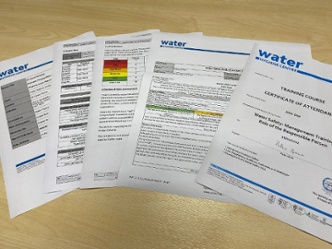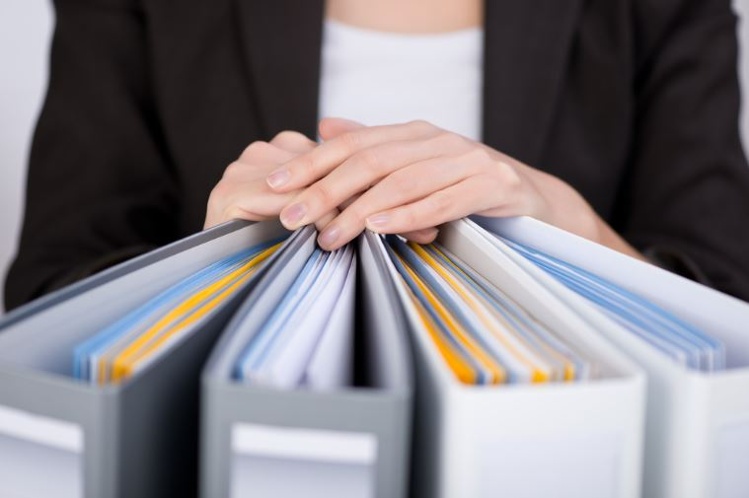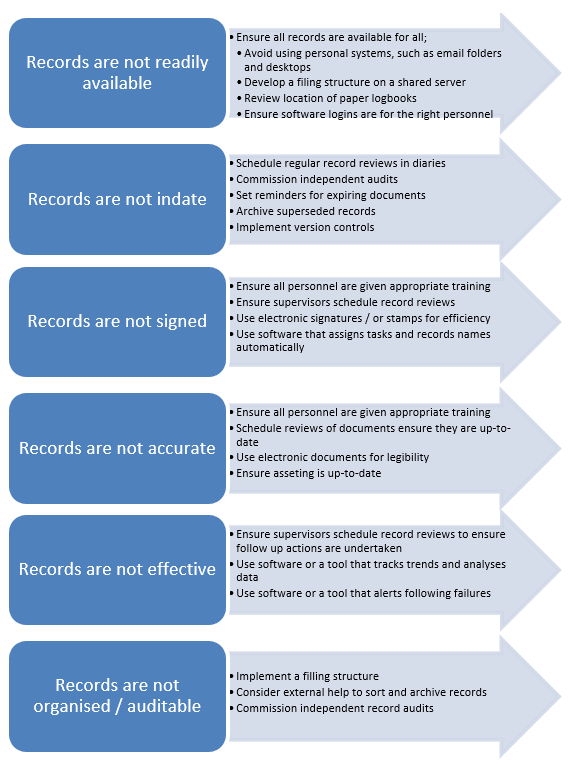In our recent blog What are 'Good Records' for water safety? we learnt what water safety records are, why we need to keep them, and how to make them “good”. In this blog, we discuss ways to improve the water safety records you already have in place.
Why do we need Water Safety / Legionella Records?
As previously discussed, water safety records are critical in maintaining a successful water safety management system. They are also required to prove we are managing and operating our water systems safely so that the risk of harm to staff, visitors and the public is minimised.
We also learnt that in the prosecution following the largest Legionnaires’ Disease outbreak in the UK (Barrow-in-Furness 2002) several of the failures found related to a lack of water safety records, such as; Legionella risk assessments, risk minimisation schemes, Legionella training records and a written management system.
How can we improve our Water Safety Records?
Before we consider how to improve your record keeping, what water safety records do we need? And do they need improving?
Firstly, the following are examples of water safety records that are required to be kept:
- Legionella Risk Assessments;

- Water Safety Plan;
- Written Scheme of Control;
- Schematic drawings;
- Legionella Training Records;
- Monitoring and Inspection records.
Secondly, are your water safety records…
- Readily available?

- In date?
- Signed?
- Accurate?
- Effective?
- Organised / Auditable?
If they do not satisfy the essentials above, there may be some advice to help to improve your record keeping below.
Methods of storing your Water Safety / Legionella records
There are many ways in which records can be stored, but whatever method is used, it must work for your organisation, ways of working and its water systems . Such methods include:
- Paper-based logbooks kept on each site or centrally;
- A document management system or file structure on a computer and /or server;
- Bespoke software;
- Cloud-based files;
- Microsoft Teams / SharePoint Files;
- A blend of the above
Unfortunately, not all record-keeping methods work for all organisations, so it is important that you find a way that works for you. Also, an organisation’s resources and perhaps risk appetite will need to be considered, as an expensive software option may not be achievable for all budgets.
How can I improve my record keeping?
To review how to improve your current record keeping, we should look at each essential listed above and consider solutions to help.
There is no escaping the fact that keeping water safety records is a requirement of the HSE’s ACoP L8, which supports compliance with the Health and Safety at Work etc Act and COSHH regulations. Organisations must supply suitable and sufficient resources to undertake the required tasks and keep the records to prove it, organisations must find a way that works for them, to store and rely on records if called upon.
In Summary
Records that are inadequate or missing are as non-compliant as no records at all, which may leave an organisation open to prosecution. There are tips, tricks, and technology to make records easier to store, maintain and analyse, but the fact remains without the time and resources allocated to it, your records may always be broken.
Feel free to reach out if you have any questions about the issues mentioned above or if you would like to consult with one of our experts on water hygiene.
Editors Note: The information provided in this blog is correct at the date of original publication – January 2022.
© Water Hygiene Centre 2023










